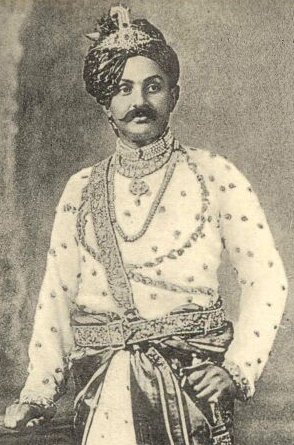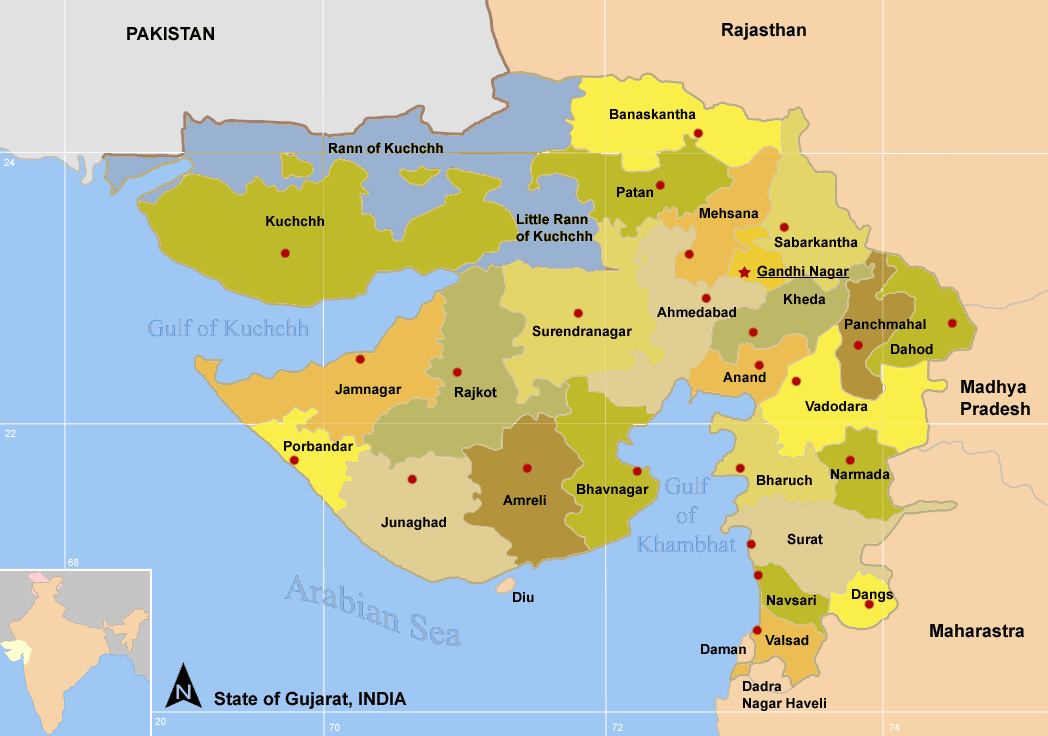Read the political history of South India from c.1350-1550. There was near-constant warfare between Vijayanagar (another Kannadiga empire) and the Muslim states in the Deccan, along with all their consorted allies. Most of these wars were won by Vijayanagar.
It is a myth that South India was somehow "saved" because North India bore the brunt of the warfare. South India was saved because, under Vijayanagar and even under the preceding dynasties, it was much more militarized and capable of conducting war. Vijayanagar is often called an "Indian war-state" for a reason; its political, economic, and social systems were all geared towards one aim, namely the conduct of war.
In the end, it would be another Deccani power, the Marathas, who would supplant Muslim power in North India.
There would be no Hindu in India had it not been for the Rajputs who successfully defended India from 738 AD to 1192 AD (nearly 500 years) & continued to mount a fierce resistance against Arabs as well as mighty Turks-who ruled from Vienna to Dacca (& whom the Rajputs eventually defeated & expelled from their lands).
They continued doing so throughout the history of India until they were subdued by the Marathas (who were the de-facto rulers of Indian sub-continent even after 3rd battle of Panipat; think Mahadji Scindhia).
Sikhs too played a pivotal role in that respect (at a much later stage, when forced conversions were at an all-time high).
Anyway, Vijaynagar was obliterated by 1565 (within 200 years) while the Rajputs & others continued to hold their own, & eventually subdue the Muslim opposition. They came too late & were exterminated, too early. Unlike the Rajputs.
Overall, the 3 main powers that we owe our civilizational continuity & existence to are : Rajputs, Marathas & Sikhs.
Vijaynagar comes a very distant fourth for obvious reasons.
Denying the indisputable contribution of Rajputs & Sikhs two, & proclaiming that only Vijayanagar mattered, is delusional.
Maharana Pratap & Shivaji are the warrior-icons in modern-day India. Hence, you find their mention, photographs in all offices, busts, statues etc. all over India.
Hard to trace anyone from Vijaynagar enjoying such respect (rather, reverence) & admiration. Though, Vijayanagar did very well geo-politically (diplomatic maneuvers in a hostile environment), economically & from an architecture/civic perspective, which is evident even today.
As someone rightly said: Don't SHOW. People KNOW.
Indians KNOW their history as it has been passed on to them by their ancestors, which is manifested in their veneration & awe on mention of these great stalwarts. They do not need/believe propaganda.
Efforts to brainwash informed Indians through propaganda has hardly ever succeeded, especially, trying that in Information age is quite lame.
Sikhs & Rajputs in their ancestral tradition continue to be overwhelmingly represented in Indian ARMY.
Just check the relative % (of representation in IA) from each community/state of India & find out who is on top.
They defended India in the past. They continue to do so today. Ignoring their contribution simply reinforces everyone's belief that you continue to be a Southie supremacist & a reckless hater of everyone/everything in North India, no matter what you proclaim.
Something for your consumption:
http://books.google.co.in/books?id=-U8IUoC_tP0C&pg=PA157
This is what it states:
Of the figures for the intake of officer cadets into the IMA during the period 1983-87 by region, a substantial 23.24% were from Uttar Pradesh–Uttarakhand.
Other states included Punjab (12.32%), Haryana (9.42%), Chandigarh (1.48%), Delhi (9.21%), Kerala (5.26%), Himachal Pradesh (3.73%), Jammu and Kashmir (2.97%), & Rajasthan (4.33%).
Under represented states includes Andhra Pradesh (3.78%), Assam (0.55%), Bihar (5.34%), West Bengal (2.47%), Gujarat (0.52%), Karnataka (3.02%), Maharashtra (4.22%), Madhya Pradesh (3.89%), Odisha (1.32%) & Tamil Nadu (2.30%).
Now, Go figure.
This is not current (still, more or less relevant/valid) & this is not relative % but based on absolute numbers.
Still, we know the populations of each states, so we can find out which states have the highest representation in Indian Army officer cadre.
The picture in non-officer cadre, i.e. JCO, NCO, Jawan level is even much more heavily skewed in favour of North Indians.
Evidently, the more the things change, the more they remain the same.
Second, some things never change (e.g. born killing instinct which some have communities have much more than others)
BTW the legend that says that Chalukyas had their origin in Ayodhya goes along with the claim how they get their name as well. So you do believe how the Chalukyans were actually born?





